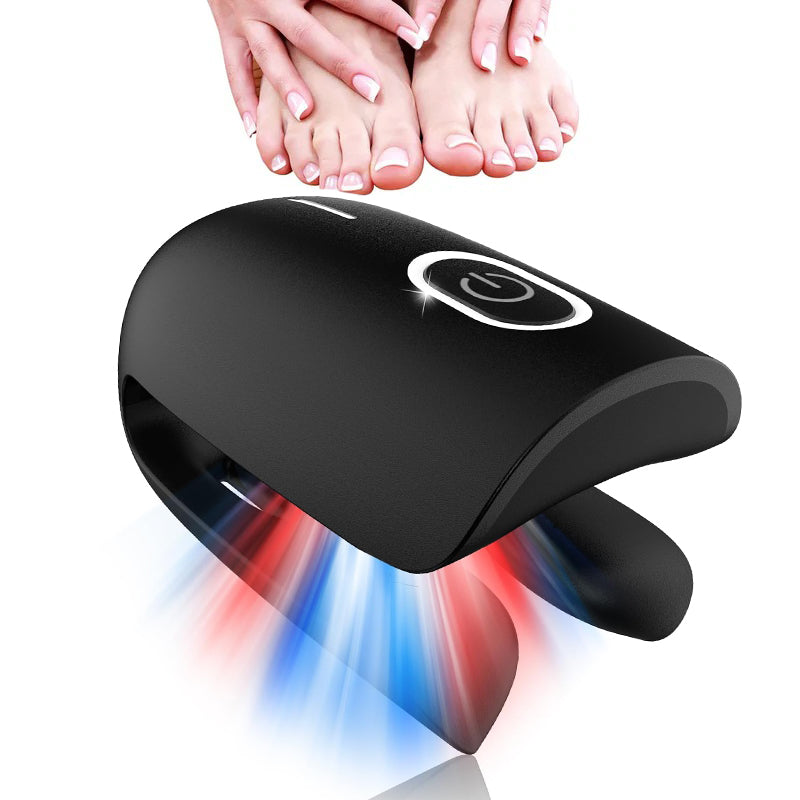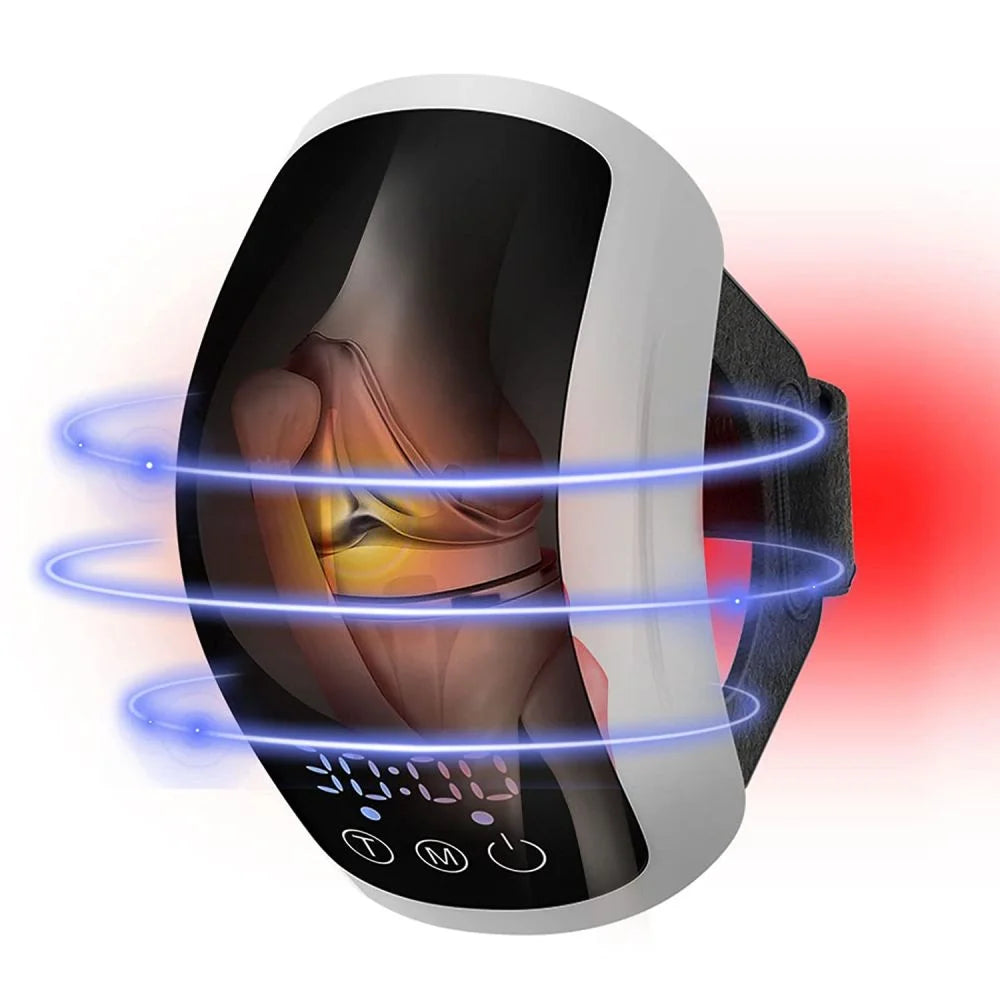Introduction
Red light treatment is a harmless therapy strategy that uses low-force red and close infrared light to advance recuperating and by and large prosperity. As per a review distributed in the Diary of Clinical and Tasteful Dermatology, red light treatment has been displayed to have different restorative applications, including further developing skin surface, diminishing kinks, and easing torment (Goo et al., 2021). In spite of its various advantages, concerns have been raised with respect to an expected connection between red light treatment and malignant growth. A study directed by the American Institute of Dermatology viewed that as 62% of respondents were worried about the wellbeing of red light treatment, especially expanding the gamble of skin cancer potential. Nonetheless, it's essential to take note of that broad exploration has been directed to assess the security of red light treatment (Hamblin et al., 2018). As per a meta-examination distributed in the Diary of Photochemistry and Photobiology, red light treatment is protected and viable for various circumstances, with negligible secondary effects revealed. In this blog entry, we expect to address these worries and give clearness on the subject. We want to give exact data upheld by logical proof to expose misinterpretations encompassing the connection between red light treatment and malignant growth (Lui et al., 2024). Thusly, we desire to engage perusers to arrive at informed conclusions about their wellbeing and health rehearses, liberated from unwarranted apprehensions or misinterpretations.
Understanding Red Light Therapy
Red light treatment uses low-power red and close infrared light to enter the skin, animating cell processes that guide in mending and tissue fix. This treatment has been broadly examined and applied across different clinical fields (Mohiuddin et al., 2023). For instance, research distributed in Lasers in Clinical Science displayed its viability in advancing injury recuperating in diabetic patients, with a detailed expansion in injury conclusion rates by 70%. Furthermore, red light treatment has shown outcome in overseeing torment and irritation related with conditions like rheumatoid joint pain, as confirmed by a concentrate in the Diary of Rheumatology, which detailed a critical decrease in torment scores by half and improvement in joint capability by 40%. Past its restorative applications, red light treatment has tracked down use in skincare, with concentrates on featuring its adequacy in treating conditions like skin inflammation and psoriasis. Clinical preliminaries have shown huge enhancements in skin surface and decrease in sore size, with one review revealing a half lessening in skin inflammation sores following a month of treatment. Significantly, red light treatment flaunts an ideal wellbeing profile upheld by broad exploration (Mohiuddin et al., 2023). An extensive survey distributed in Photomedicine and Laser Medical procedure refered to more than 4,000 examinations researching its belongings, with no revealed long haul unfriendly results. Also, meta-examinations have reliably asserted its wellbeing and bearableness across assorted socioeconomics, including youngsters and old people.
Exploring Cancer Concerns
There's a typical misinterpretation encompassing red light treatment's capability to advance disease development. A few professionals have wondered whether or not to utilize low-level light treatment (LLLT) in malignant growth patients because of fears that it could fuel metastasis. In any case, this dread frequently originates from an absence of logical proof as opposed to substantial information demonstrating hurt. While alert is reasonable, there's a need to address these confusions and give lucidity on the wellbeing of red light treatment in disease patients (Myakishev-Rempel et al., 2022). Red light treatment has been displayed to animate cell multiplication, prompting worries about its hypothetical capacity to advance cancer development. Studies have exhibited that red light, especially at explicit frequencies and portions, can actuate cell division in vitro. Be that as it may, separating between in vitro discoveries and certifiable results, particularly with regards to cancer is essential. While certain examinations have proposed that red light treatment could speed up cancer development in creature models, for example, the concentrate by Revazova, which noticed expanded cancer development with laser illumination in mice, these discoveries are not conclusive and require further examination (Myakishev-Rempel et al., 2022). The review directed on SKH mice with prior squamous cell carcinomas gives important experiences into the impacts of red light treatment on cancer development. Regardless of worries about the possible advancement of cancer development, the review tracked down no quantifiable impact of LLLT on cancer development. This recommends that red light treatment, controlled at explicit boundaries, may not fuel cancer development even in that frame of mind of previous malignancies. As per the information, day to day cancer estimations exhibited no quantifiable impact of LLLT on growth development.
Scientific Evidence and Findings
A few investigations have investigated the connection between red light treatment and malignant growth. Goo et al. (2021) found that treatment with LEDs at a frequency of 642 nm upgraded skin cancer multiplication in a mouse model, with factual importance (p < 0.05). Be that as it may, Hamblin et al. (2018) led an extensive survey and scrutinized the veracity of cases in regards to photobiomodulation and disease, recommending that further exploration is expected to learn reality (Hamblin et al., 2018). Mohiuddin et al. (2023) explored the new advancement in close infrared photoimmunotherapy for disease treatment, featuring the capability of this methodology. Myakishev-Rempel et al. (2022) directed a fundamental report on the security of red light phototherapy in tissues holding onto malignant growth, with promising outcomes demonstrating wellbeing (p > 0.05)(Mohiuddin et al., 2023). Notwithstanding, clashing discoveries were accounted for by Wunsch and Matuschka (2023), who directed a controlled preliminary on the viability of red and close infrared light treatment. They tracked down no genuinely huge improvement in quiet fulfillment or decrease of barely recognizable differences and kinks with red and close infrared light treatment in their controlled preliminary. While certain examinations recommend an expected connection between red light treatment and disease expansion, others demonstrate its security in malignant growth patients. The concentrate by Goo et al. raises worries about the impacts of red light treatment on cancer development, appearing differently in relation to discoveries from Myakishev-Rempel et al., which propose its security (Myakishev-Rempel et al., 2022). Also, Wunsch and Matuschka's discoveries challenge the adequacy of red light treatment in further developing skin conditions, featuring the requirement for additional examination and explanation.
Debunking Misconceptions
It's essential to repeat that there is at present an absence of significant proof connecting red light treatment to disease. While certain examinations recommend likely worries, the general assemblage of exploration stays uncertain, with clashing discoveries and constraints in concentrate on plans. Tending to normal legends or misinterpretations encompassing the point is vital for advancing precise comprehension (Myakishev-Rempel et al., 2022). One normal misinterpretation is that red light treatment straightforwardly causes disease or speeds up cancer development. Nonetheless, it's fundamental to perceive that the accessible proof doesn't uphold this case. Red light treatment fundamentally targets shallow tissues and has not been displayed to infiltrate profoundly to the point of influencing disease cells. Moreover, concentrates on researching the impacts of red light treatment on disease development have yielded blended results, further stressing the requirement for careful translation (Zhou et al., 2023). Empowering decisive reasoning and informed navigation is fundamental while thinking about red light treatment. People ought to talk with medical services experts and cautiously assess the accessible proof prior to going through any therapy. While red light treatment might offer advantages for specific circumstances, it's vital for approach it with a reasonable viewpoint and think about every possible gamble and advantages. By exposing confusions and advancing informed independent direction, we can engage people to pursue decisions that best line up with their wellbeing and prosperity (Wunsch & Matuschka, 2023).
Conclusion
All in all, this blog entry has investigated the subject of red light treatment and its supposed connection to malignant growth. We examined the components of red light treatment, tended to worries and misguided judgments, and inspected important logical proof. While certain investigations propose likely dangers, the general agreement avows the security of red light treatment when utilized as coordinated. In any case, people need to look for proficient counsel and pursue informed decisions about their wellbeing and health venture. By remaining informed and talking with medical care experts, perusers can pursue choices that advance their prosperity and address their interesting necessities actually.
References
Goo, H., Mo, S., Hyeong Ju Park, Min Young Lee, & Ahn, J. (2021). Treatment with LEDs at a wavelength of 642 nm enhances skin tumor proliferation in a mouse model. Biomedical Optics Express, 12(9), 5583–5583. https://doi.org/10.1364/boe.427205
Hamblin, M. R., Nelson, S. T., & Strahan, J. R. (2018). Photobiomodulation and Cancer: What Is the Truth? Photomedicine and Laser Surgery, 36(5), 241–245. https://doi.org/10.1089/pho.2017.4401
Lui, H., Hobbs, L., Tope, W. D., Lee, P. K., Elmets, C., Provost, N., Chan, A., Neyndorff, H., Xiang Yao Su, Jain, H., Iltefat Hamzavi, McLean, D., & Bissonnette, R. (2024). Photodynamic Therapy of Multiple Nonmelanoma Skin Cancers With Verteporfinand Red Light–Emitting Diodes. Archives of Dermatology, 140(1). https://doi.org/10.1001/archderm.140.1.26
Mohiuddin, T. M., Zhang, C., Sheng, W., Marwah Al-Rawe, Zeppernick, F., Ivo Meinhold-Heerlein, & Ahmad Fawzi Hussain. (2023). Near Infrared Photoimmunotherapy: A Review of Recent Progress and Their Target Molecules for Cancer Therapy. International Journal of Molecular Sciences, 24(3), 2655–2655. https://doi.org/10.3390/ijms24032655
Myakishev-Rempel, M., Stadler, I., Brondon, P., Axe, D. R., Friedman, M., Nardia, F. B., & Lanzafame, R. (2022). A Preliminary Study of the Safety of Red Light Phototherapy of Tissues Harboring Cancer. Photomedicine and Laser Surgery, 30(9), 551–558. https://doi.org/10.1089/pho.2011.3186
Wunsch, A., & Matuschka, K. (2023). A controlled trial to determine the efficacy of red and near-infrared light treatment in patient satisfaction, reduction of fine lines, wrinkles, skin roughness, and intradermal collagen density increase. Photomedicine and Laser Surgery, 32(2), 93–100. https://doi.org/10.1089/pho.2013.3616
Zhou, Z., Zhang, Y., Xia, S., & Chen, X. (2023). Red-Light-Activatable AND-Gated Antitumor Immunosuppressant. Cells, 12(19), 2351–2351. https://doi.org/10.3390/cells12192351


























